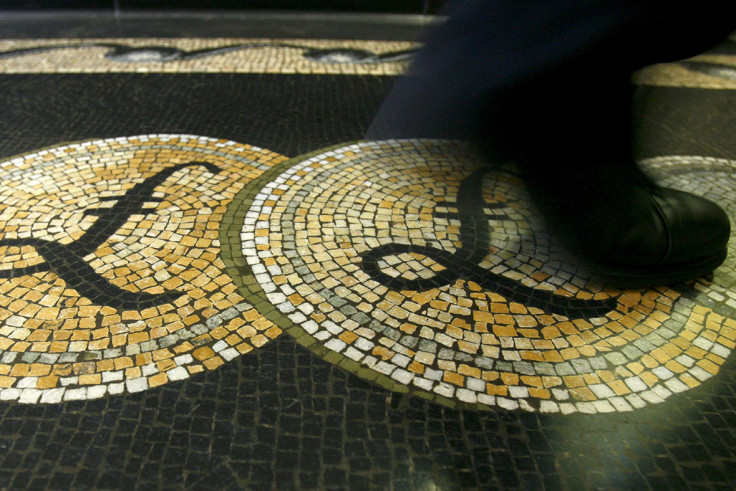Massive Roman mosaic found in London, largest discovery in half a century
The archaeologists are calling it a "once-in-a-lifetime" discovery
Archaeologists in London stumbled upon the largest Roman mosaic found in the city in more than half a century. The colourful mosaic is believed to have been part of the floor of a Roman dining room
The mosaic features colourful flowers and geometric patterns and is made of really small tiles. It consists of two decorated slabs and has elaborate motifs. The experts of the Museum of London Archaeology (MOLA) made the discovery during excavation work near the Shard in Southwark.
We're a bit late for #MosaicMonday but it's worth the wait!
— MOLA (@MOLArchaeology) February 22, 2022
Our archaeologists unearthed the largest area of Roman mosaic found in London in over 50 years, an incredible discovery made while working on the Liberty of Southwark - @uandiplc urban regeneration project with @TfL. pic.twitter.com/AuD3t4zWeI
The archaeologists are calling it a "once in a lifetime" discovery which probably dates back to the late second or early third century AD. They believe that it must have been a part of a Roman mansio – an upmarket "motel."
"It has been a privilege to work on such a large site where the Roman archaeology is largely undisturbed by later activity - when the first flashes of colour started to emerge through the soil everyone on site was very excited," site supervisor, Antonietta Lerz told the Daily Mail.
The panels have elaborate designs such as lotus flowers, geometric elements in red, white and black. It even has a pattern called Solomon's knot.
The discovery was made around a month ago near London Bridge. The experts believe that the mosaic must have been a part of a triclinium where people drank and ate and admired the beautiful floor.
According to a BBC report, the room or the building which housed the mosaic was located on the outskirts of Roman Londinium, an area near the north bank of the Thames.
The authorities have decided to carefully record and assess the mosaic before it is moved to some other place for conservation and preservation. It may also be displayed for the public some time in future.
The archaeologists also found a large Roman building at the site which they believe must have belonged to a wealthy individual or family and must have been their private residence.
The building has traces of lavishly painted walls, terrazzo and mosaic floors, coins and jewellery. A sewing needle, a decorated bronze brooch and bone hairpin was also found at the site.
"These finds are associated with high-status women who were following the latest fashions and the latest hairstyles," added Lerz.

© Copyright IBTimes 2025. All rights reserved.






















